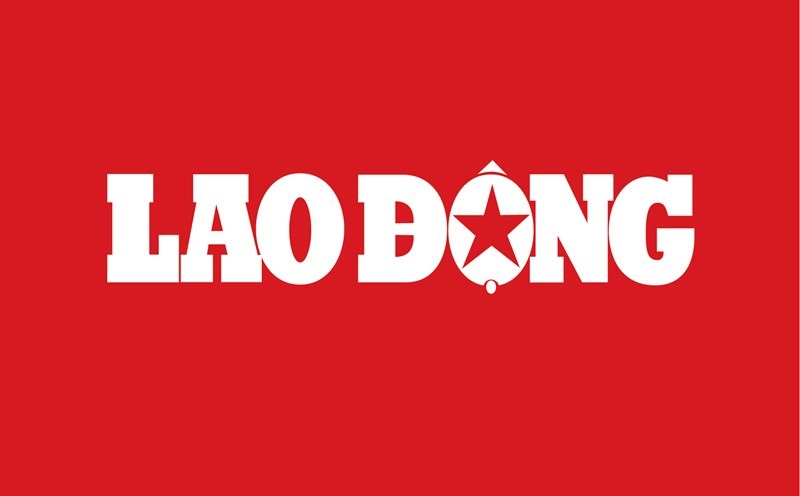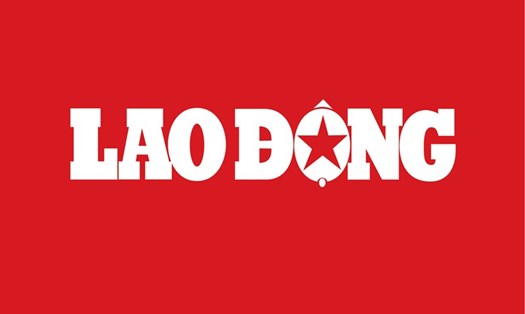"Russia will not lift the ban on gasoline exports in August. This is also a basic decision in September and October," TASS news agency quoted Russian Deputy Energy Minister Pavel Sorokin as saying.
Previously, Bloomberg reported that Russia's average four-week seaborne oil exports had fallen to 3.11 million barrels per day as of July 14, down nearly 600,000 barrels (17%) from the recent peak in April.
Russian crude oil shipments by sea have fallen to their lowest level since January, helped by the recovery of domestic refining to a 6-month high.
China and India are likely to feel the most about the export cut as the two countries buy more than 80% of their crude oil by sea from Russia. However, Chinese and Indian buyers can still replace it with crude oil from other markets.
"The sharp decline in July is not a one-off event," Viktor Kurilov, senior oil market analyst at consulting firm Rystad Energy A/S, told Bloomberg.
Rystad Energy predicts that Russian crude oil shipments will remain capped at around 2.7 million barrels per day in July and August, but will recover slightly to 2.9 million barrels per day in September as Russian refineries are expected to start traditional fall maintenance.
This is a large decrease compared to exports of 3.6 million to 3.7 million barrels/day recorded in April and May when continuous drone attacks by Ukraine disrupted domestic oil refining operations.
However, overall in the first 6 months of 2024, Russian resource exports to China continued to increase.
Vedomosti newspaper quoted Chinese customs data as saying that Russia's trade turnover with China from January to June this year increased by 4% compared to the same period last year, reaching a peak of 75.2 billion USD, of which oil and gas supply accounted for nearly 90% of exports.
In the first 6 months of the year, China bought Russian oil and oil products with a total value of 50 billion USD, compared to 47 billion USD in the same period last year.
In just six months of 2024, Russian oil producers sold more than 55 billion tonnes of crude to China, up 5% from last year.
The average price for Russian oil exports increased by 9% in the first half of the year compared to the same period last year, up to 80.3 USD per barrel, breaking the ceiling of 60 USD imposed by the West.
Russian aluminum shipments to China increased at a record rate of 64% in annual value, to 1.8 billion USD. Exports of other items have also increased.
Supply of metal ores increased by 15% to 2.3 billion USD, while wood exports increased by 2% to 1.7 billion USD.
Economic relations between Russia and China have been strengthened by a joint decision to conduct most transactions in the currencies of countries, instead of USD.











